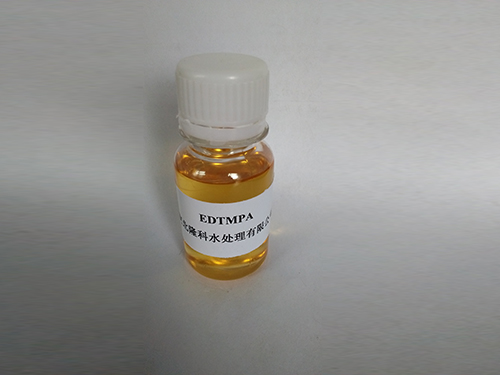Exploring the Properties and Applications of Polyaluminum Chloride in Water Treatment Solutions
Understanding PACL The Role of Polyaluminum Chloride in Water Treatment
Polyaluminum chloride, commonly referred to as PACL, is a versatile and effective coagulant used in water treatment processes. As water scarcity becomes a pressing global issue, the importance of effective and efficient water purification methods is paramount. PACL serves a crucial role in this arena, providing numerous advantages over traditional coagulants.
What is Polyaluminum Chloride?
PACL is a synthetic inorganic polymer, primarily composed of aluminum and chloride ions. It appears as a white solid or powder that readily dissolves in water. Its unique chemical structure enables it to act as a coagulant, helping to remove suspended particles, colloids, and impurities from water, thereby improving the quality of drinking water and wastewater.
How Does PACL Work?
The coagulation process involves the destabilization of suspended particles in water, allowing them to aggregate and form larger flocs that can be easily removed. PACL effectively neutralizes the negative charges on these particles, allowing them to come together. Upon addition of PACL to water, it hydrolyzes to form aluminum hydroxide, which then interacts with impurities, leading to their removal. This process is enhanced by agitation and mixing, ensuring optimal contact and interaction between PACL and the target particles.
Benefits of Using PACL
PACL offers several advantages over traditional coagulants such as aluminum sulfate (alum). One of the most significant benefits is its higher effectiveness at lower doses. As a result, water treatment facilities can achieve better removal of turbidity and organic matter with reduced chemical inputs. This not only lowers operational costs but also minimizes the sludge produced during the treatment process.
pacl polyaluminum chloride

Another notable advantage of PACL is its wide pH operating range. While traditional coagulants may require specific pH conditions to function effectively, PACL performs well across a broader spectrum of pH levels, making it more adaptable to varying water qualities. This flexibility is particularly beneficial in regions where water composition is inconsistent.
Additionally, PACL has been shown to improve water clarity and color. This is particularly advantageous in the treatment of surface waters, which often carry organic matter that can impart undesirable colors and flavors. By utilizing PACL, water treatment plants can provide clearer and more aesthetically pleasing water, meeting public health standards and consumer expectations.
Environmental Considerations
While PACL is generally considered safe and effective, its environmental impact must also be taken into account. The use of lower doses translates to reduced residual aluminum in treated water, which is a significant consideration given concerns about the effects of aluminum exposure on human health. Moreover, PACL is less likely to produce harmful by-products compared to some alternative coagulants.
However, proper handling and dosing remain critical to minimize any potential adverse impacts. Water treatment facilities must continuously monitor and adjust their protocols to ensure compliance with environmental regulations and safety standards.
Conclusion
Polyaluminum chloride represents a significant advancement in water treatment technology. With its superior coagulant properties, operational flexibility, and reduced environmental footprint, PACL is a preferred choice for many municipalities and industries aiming to enhance water quality. As global demand for potable water continues to rise, the importance of effective treatment methods like PACL cannot be overstated. Investments in research and development of PACL applications will undoubtedly continue to play a fundamental role in addressing water quality challenges and ensuring access to clean water for future generations.
-
Pbtc Scale InhibitorPBTC: A Scale Protector for Industrial Water TreatmentNewsAug.05,2025
-
Organic Phosphonate: An Efficient Defender in the Field of Scale InhibitionNewsAug.05,2025
-
Hydrolyzed Polymaleic Anhydride: Green Pioneer in Scale Inhibition FieldNewsAug.05,2025
-
PAPEMP Polyamino Polyether Methylene Phosphonic Acid For SaleNewsAug.05,2025
-
Flocculant Water Treatment: A Pioneer in Purification in the Field of Water TreatmentNewsAug.05,2025
-
Benzyl Isothiazolinone: An Efficient and Broad-Spectrum Antibacterial Protective GuardNewsAug.05,2025





